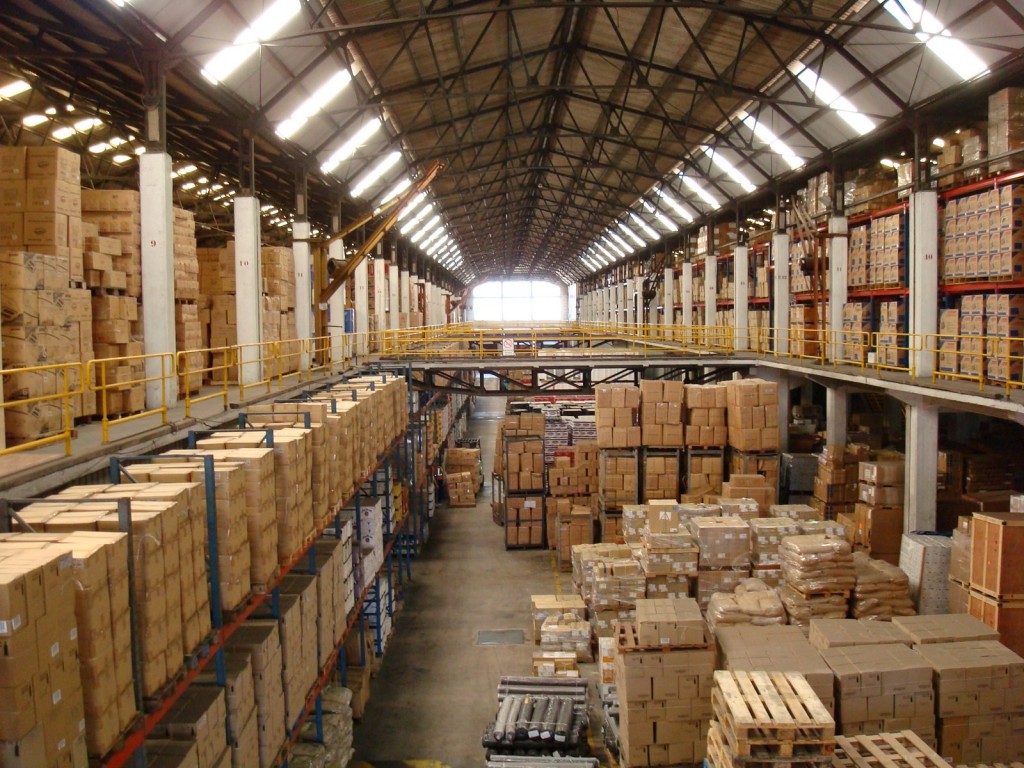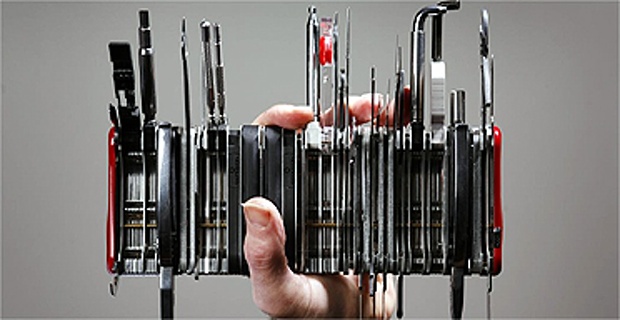Barcode Inventory System – Why and How to Implement Barcodes?
Implementing a barcode inventory system is one of the best ways of increasing the efficiency of your stock management process. Affordable and easy to implement, barcodes can dramatically save time, reduce worker overhead, and eliminate data-entry errors for both manufacturing and distribution businesses. In this post, we take a look at barcode systems and how to implement them.
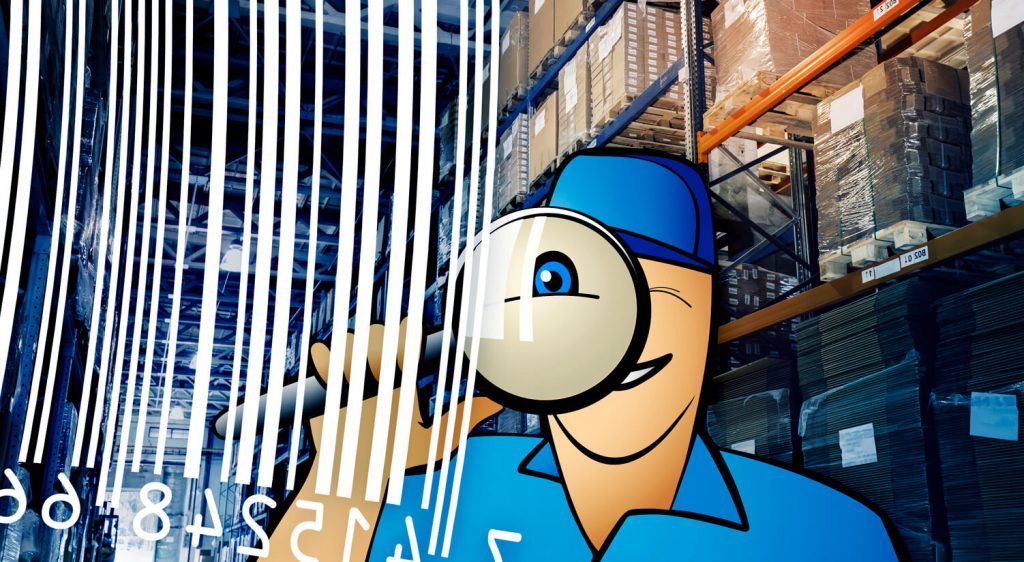
You can also listen to this article:
What is a barcode?
A barcode is a simple representation of data in a machine-readable form that consists of visual patterns and sometimes also numbers. When barcodes get scanned, the code they represent is fed into a computer system that associates it with a specific product. Useful both for point of sales as well as for raw materials, Work-In-Process, or finished goods inventories, barcodes have become an essential tool in commerce.
Barcodes were created by Norman Joseph Woodland and Bernard Silver who were granted a patent for the invention in 1952. They initially based their idea on Morse code, extending it into a visual representation of thinner and thicker bars. The invention took almost 20 years to gain popularity. Today though, finding a product without one is an increasingly rare occasion.
There are many different barcode formats, but a larger distinction exists between two types:
Linear barcodes or 1D barcodes are the traditional variant. These consist of parallel black and white lines and are used to convey a small amount of information used for inventory management, shipping, tracking, and check-outs. Linear barcodes often also include numbers or letters.
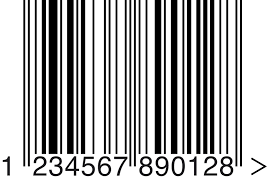
2D barcodes are the more modern variant. These are usually squares or rectangles that contain black and white patterns but they can also be colored. Probably the most well-known 2D barcode is the QR code. 2D barcodes can store larger amounts of information while using less space. They are also less susceptible to being unreadable due to damage. Another key improvement over their linear predecessors is that 2D barcodes do not require a database. Instead, they provide instant information about the item thanks to their larger data storing capacity.
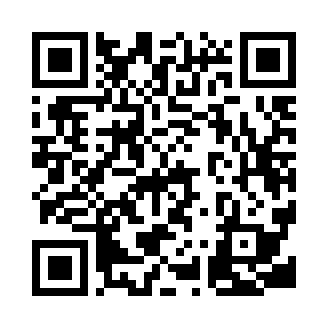
What is a barcode inventory system?
A barcode inventory system is dedicated or integrated software that assigns barcodes to some or all parts of a company’s inventory and automatically synchronizes them with the larger inventory management software or MRP. Let us take a look at some of the main reasons to implement a barcode system in inventories big and small.
Expedite inventory processes
Entering data manually can take forever. Using a quick barcode scan only takes a second. That means reception, picking, and dispatching will take much less time. Barcodes also make it easier to track your inventory as well as your equipment, reducing search time as a consequence.
Eliminate human error
Manual data entry comes with an increased risk of making errors. Using a barcode scanner is very easy to master and largely eliminates the risk of data entry errors. There is no way for a barcode scanner to erroneously read the data provided on the label.
Instantly analyze data
The information fed into your data management system allows you to analyze the data in seconds, providing you with a consistent overview of your inventory movements and statistics, and with accurate sales forecasts. This ensures that up-to-date information is always available when it is time to make important decisions.
Ensure accurate bookkeeping
Keeping meticulous records of your inventory movements, both incoming and outgoing, is a great help to your accountant. Barcoding and scanning each item when it arrives into inventory and when it is consumed or dispatched allows you to have a real-time overview of your cash flow and the financial health of your business.
How to implement a barcode inventory system?
Using a barcode inventory system seems like a foolproof way to improve your warehouse organization. But implementing it takes a little bit of concentrated effort. Here are the basic steps to do it:
Define your SKUs
One of the first things you should do when starting to deal with inventory would be to make distinct codes for each of your inventory items. These are called Stock Keeping Unit codes and they allow you to better organize, track, and analyze your stock. For example, if you have identical materials coming in from different suppliers, having an SKU system ensures that the materials are all accounted for as one.
Ideally, an SKU code is not a random string of letters and numbers but conveys information about the items, i.e. color, size, weight, material, etc.
Read more about Stock Keeping Unit (SKU) – Best Practices for Inventory Classification.
Choose a software
When choosing a barcode inventory system software, it is recommended to implement one that has additional perks to barcoding. There are many different solutions that help you create barcodes and labels, and to read them, but sooner or later you are going to need Inventory Management Software or Manufacturing Resource Planning software. In these perpetual inventory systems, barcoding is just a small part of their overall functionalities which extend to production planning, inventory management, procurement, etc.
Using an ERP system that links together data from across the business would be best, though, to ensure that the necessary information reaches the necessary parties as quickly as possible. That would, for example, allow the procurement department to know when an item in stock needs to be replenished, or the production floor to know if a supplier is late with a shipment.
Read more about Periodic vs. Perpetual Inventory System in Modern Manufacturing.
Label everything
Next, you can use the SKU system and the barcoding software to create barcodes for your inventory items. Set up the SKUs in the software and then it should be able to automatically generate barcodes and barcode labels for your inventory articles, stock lots, pieces of equipment, and storage locations. Print them out and label everything that would allow for quicker scanning, shorter search time, and better tracking.
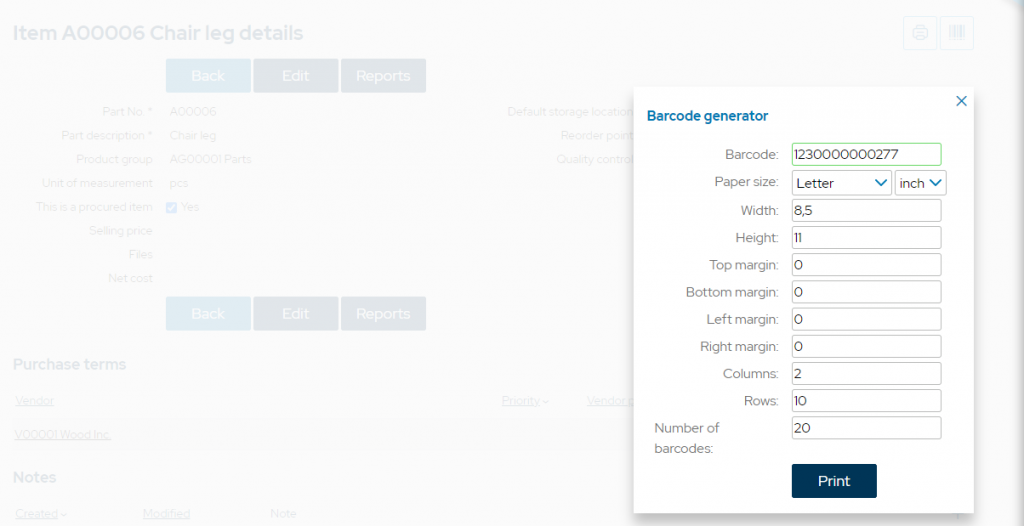
Train your employees
Now it is time to instruct your employees about the new barcode inventory system. Luckily, barcode systems are very easy to grasp. Scanning a barcode usually triggers a specific action depending on the type of barcode and on which page the scanner software is at the moment. Make sure to thoroughly understand the support materials of the system yourself before instructing your employees. The main thing to ingrain in your team is to use the system consistently, to record every inventory movement. Without continuous inputs, the system is useless.
Using a barcode scanner is very easy. Some solutions (MRPeasy, for example) also allow for barcode scanning with a smartphone. This means there is actually no need for dedicated barcode scanners – everything can be done via mobile devices.
Update the system with each new item
Now, when the system is up and running, you should create a new barcode for each new material, product, stock lot, piece of equipment, etc. that comes into your inventory. Updating the system is necessary for it to produce quality information about your stock levels and your business as a whole.
Read more in Warehouse Organization: How to Set Up a Smooth-Running Warehouse.
Key takeaways
- Implementing a barcode inventory system is one of the easiest ways to ensure better traceability and efficiency.
- There are two large groups of barcodes: linear or 1D barcodes, and 2D barcodes. 1D barcodes are more well-known and have been widely used for 50 years. 2D barcodes are rising in popularity, though, thanks to their larger capacity for data storage and more foolproof use. QR-codes are an example of 2D barcodes.
- Implementing a barcode inventory system is never a bad idea. It is especially wise to do it as early as possible to ensure a smooth transition to the system.
- Barcodes help eliminate a large portion of manual data entry, human error, and search time. The consistent, high-quality inputs provided by the barcode system allow you to quickly analyze large amounts of data and have a real-time overview of what is happening in your inventory and your business as a whole.
- The most important thing when implementing a barcode inventory system is to be consistent. With no consistent inputs, the system is essentially useless. With continuous inputs, however, it has the power to transform your inventory processes.
You may also like: How to Achieve Traceability in Manufacturing?


